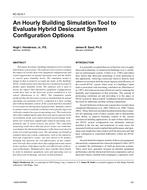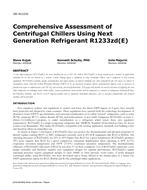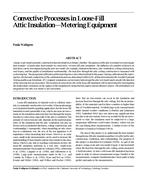Environmental control for animal facilities is provided for purposes which include maintaining the health of the animals, preventing occurrence of conditions stressful to the animals and eliminating extraneous influences. In controlled experiments. Earlier papers presented In this symposium have treated some of the physiological considerations related to these concerns as they relate to animal housing system design. Further discussion has emphasized air diffusion and the Importance of control of the animal 1s immediate (micro) environment over control of the room (macro) environment. The purpose of this presentation is to offer observations, including some speculation, concerning system design and energy consumption patterns which reflect the points developed In the other papers.
The elimination of animal generated products from the cage and its enclosing room is the primary challenge to designers. These products may be gases or particulate matter: carbon dioxide, water vapor, bacteria, ammonia and other odor-causing materials. The general philosophy In design has been to flush the room of these materials by provision of adequate (or abundant) quantities of outside air. A few systems will employ filtration and sterilization steps with some recirculation of room exhaust air. However, the majority use 100% outside air with design recommendations ranging from 12 to 20 room air changes per hour, the 15 to 18 bracket being most common.
Citation: Symposium, ASHRAE Transactions, Volume 81, Part 2, Boston, MA
Product Details
- Published:
- 1975
- Number of Pages:
- 7
- File Size:
- 1 file , 930 KB
- Product Code(s):
- D-BO-75-08-5


